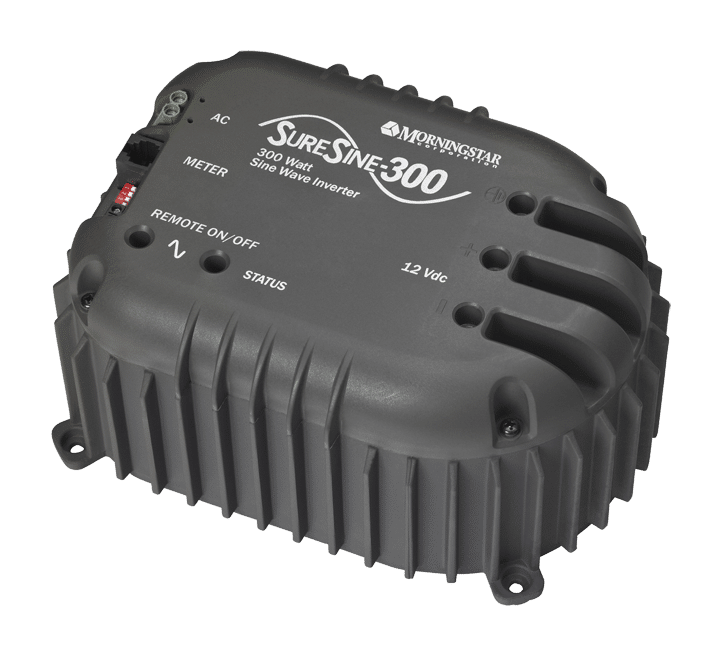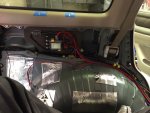fireball
Explorer
Per a few recommendations on here, I decided to purchase the Suresine 300 pure sine wave inverter for the Land Cruiser.

In reading through the installation instructions this evening, I'm a little confused and have a few quick questions. Link to install PDF:
1. The instruction manual suggests using a 100amp fuse on the DC wiring side. This seems like overkill. It's a 300W inverter, with 600W max power. I've got a ~15-20' of 4# wire run back to a Safetyhub 100 fuse box. Will then run ~4' of 4# from the fuse panel to the inverter. Is 100 the correct fuse size?
2. I'm confused by the earth ground connection on the inverter. From some quick searching it seems some folks omit that alltogether. Some use a jumper from the white AC wire to the earth connection on the inverter. What should I do? Most folks using these are not in an auto application.... some RV, some solar powered homes, etc.
3. I'm planning to wire a GFCI outlet to the inverter using 12/2 cable. Do I need a GFCI? Where would I connect the ground? Or would I just omit?
Here is an example installation photo I found:

and another, neither of these seem to have any earth ground or jumper wire:

Thanks in advance for any help and suggestions!!!

In reading through the installation instructions this evening, I'm a little confused and have a few quick questions. Link to install PDF:
1. The instruction manual suggests using a 100amp fuse on the DC wiring side. This seems like overkill. It's a 300W inverter, with 600W max power. I've got a ~15-20' of 4# wire run back to a Safetyhub 100 fuse box. Will then run ~4' of 4# from the fuse panel to the inverter. Is 100 the correct fuse size?
2. I'm confused by the earth ground connection on the inverter. From some quick searching it seems some folks omit that alltogether. Some use a jumper from the white AC wire to the earth connection on the inverter. What should I do? Most folks using these are not in an auto application.... some RV, some solar powered homes, etc.
3. I'm planning to wire a GFCI outlet to the inverter using 12/2 cable. Do I need a GFCI? Where would I connect the ground? Or would I just omit?
Here is an example installation photo I found:

and another, neither of these seem to have any earth ground or jumper wire:

Thanks in advance for any help and suggestions!!!



